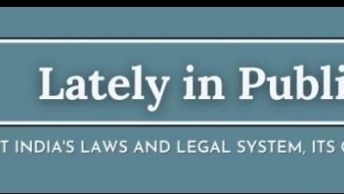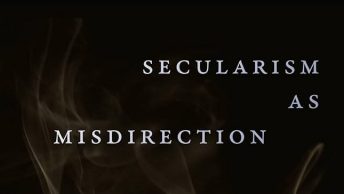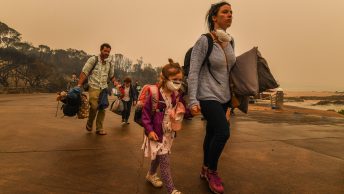In today’s Hindu, Tarunabh and I have underlined the three major infirmities in the Rajasthan Government’s compromise with the Gujjars who ended their agitation recently. The larger question, which needs to be examined, and which does not get sufficient treatment in the article, is the legal implications of reservations for the poor among the forward castes. Although we have said that the Indra Sawhney judgment is clearly against the quota for the poor, I have been curious about the basis of the Government of India’s decision to set up a Commission for identifying the poor who require reservation and who have been left out of the existing categories of reservations. The reports here and here point to the setting up of the National Commission. But we know little about what the Commission has been doing all these months, the basis of its formation, etc. The Rajasthan decision was also based on the interim report of a State Commission set up following the setting up of the National Commission. As the Rajasthan assembly begins its session from July 14, we may expect these issues examined in the media.






The Commission recently had consultations in Kerala where
it met representaives from Nair
Service Society among others.
Representatives from muslim
community opposed any reservation
for ‘forward’ castes. The chairperson had indicated that
MP is contemplating a quota for
the poor among those not covered
by reservation.Now that Rajasthan
has come out with a quota for ‘forward’ castes, MP may follow
suit. Mayawati too has been advocating 10% reservation for them. She may announce a 10% quota,
taking a cue from developments
elsewhere. Elections are due in both MP and Rajasthan by end of the year. And I think that no
political party will be willing to
oppose such reservations at this
juncture as in both states the
‘forward’ castes seem to constitute
about 15 – 20% of population, if
not more. Even if they have some
reservations, they may not challenge the reservation policy in the courts.
I will respond to your article published in The Hindu later.
Thanks for highlighting this issue. Thought you might be interested in this short op-ed by Stephen Carter that appeared in the NY Times recently http://www.nytimes.com/2008/07/06/opinion/06carter.html?pagewanted=1&ei=5070&en=22199967480b0e14&ex=1216008000&emc=eta1
Nothing really new on the U.S. affirmative action debate, but laid out some of the U.S. issues a bit more clearly than I have seen elsewhere (and was reminded of it when I read your piece). I think that some of his points have application to the India debate, while others are clearly U.S. specific.
Technically yes, Mandal judgment can be read as one that rules out quota for poor. But there could be no bar on the govt. to explore the possibility of quota for poor.Only when an order is passed its validity can be questioned.
This matter require ‘more political’ solution rather than legal. Political will and consensus is important for effectiveness of affirmative action.